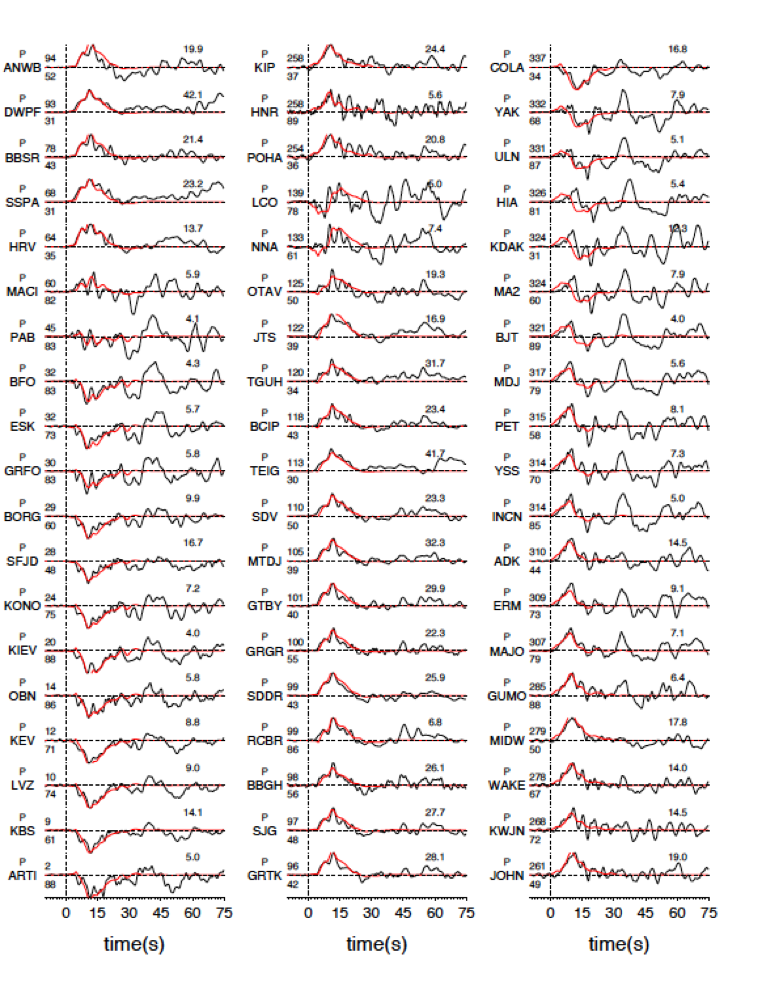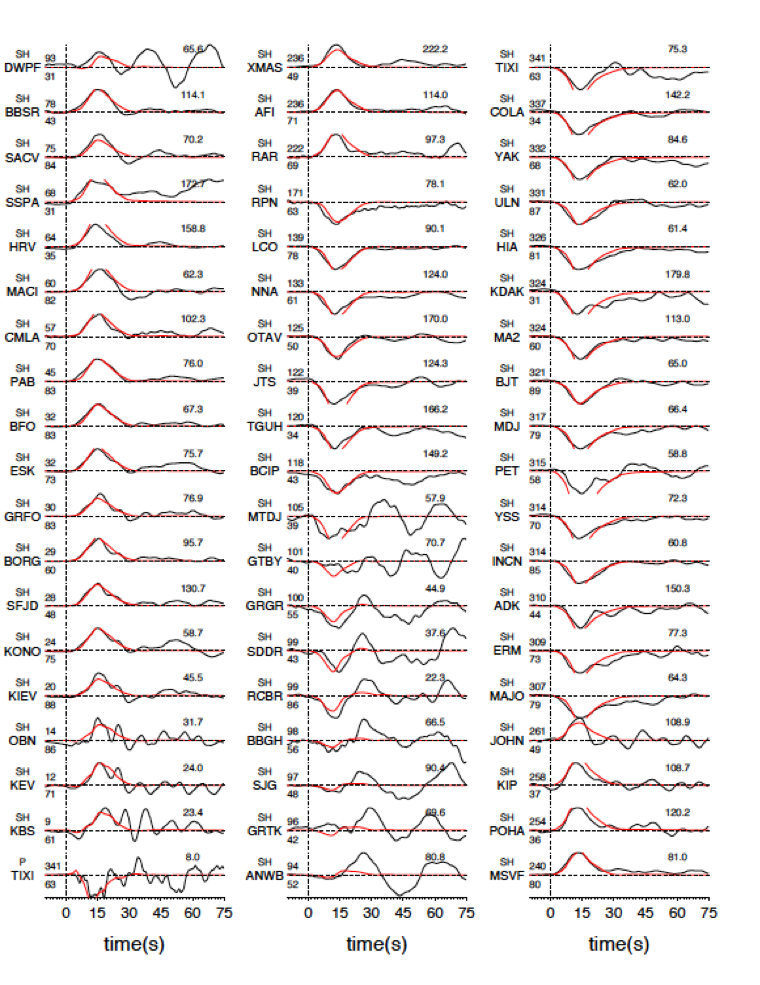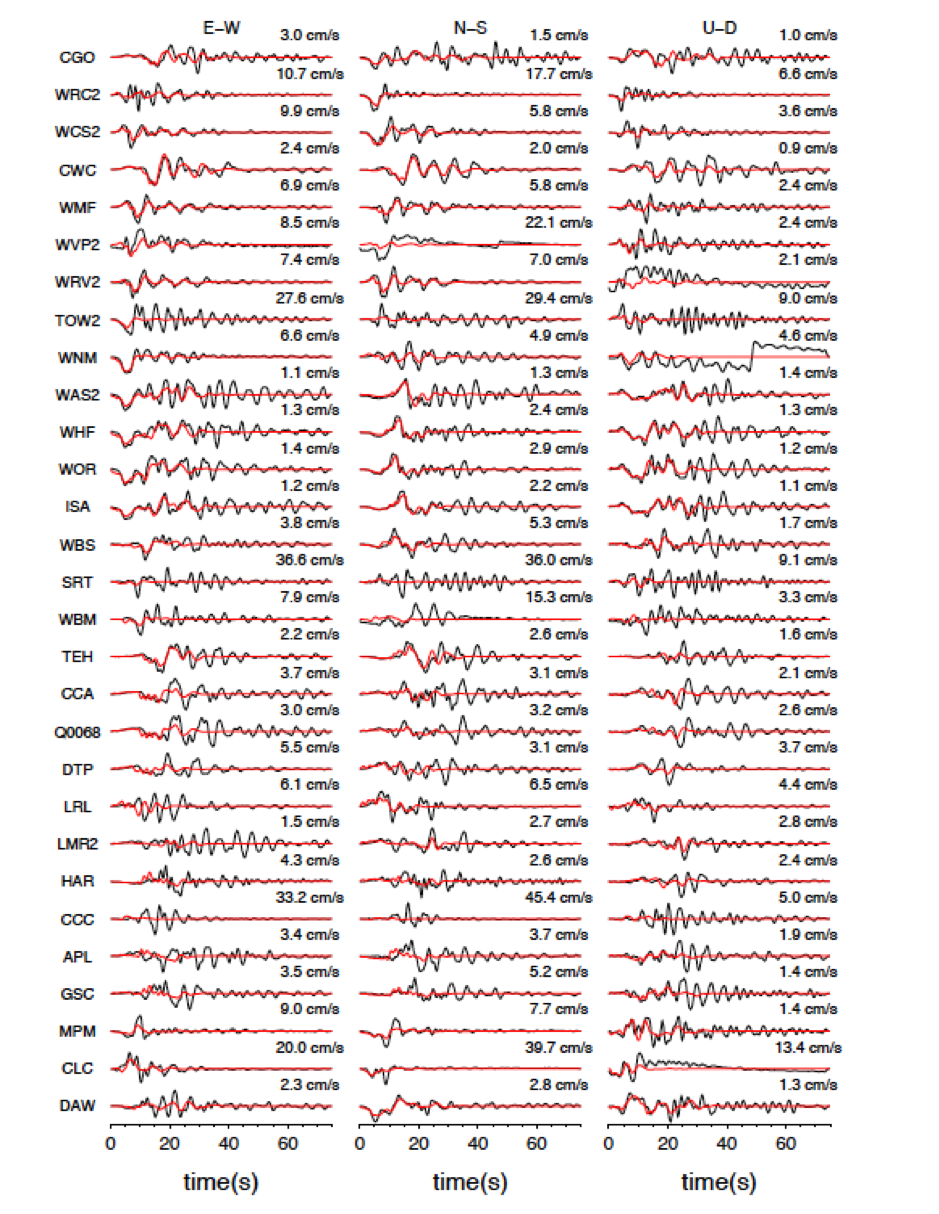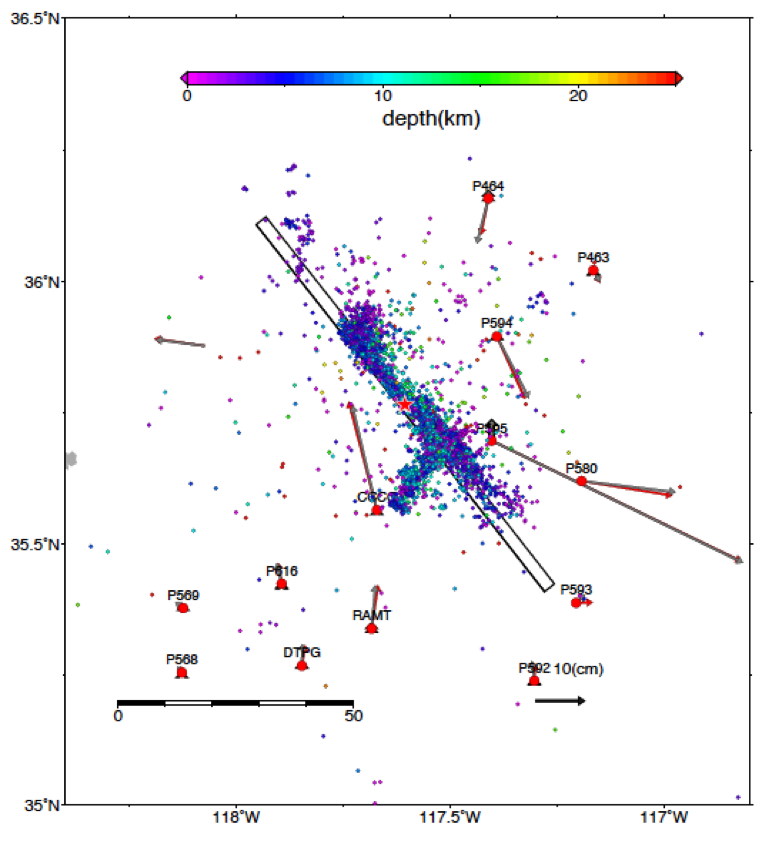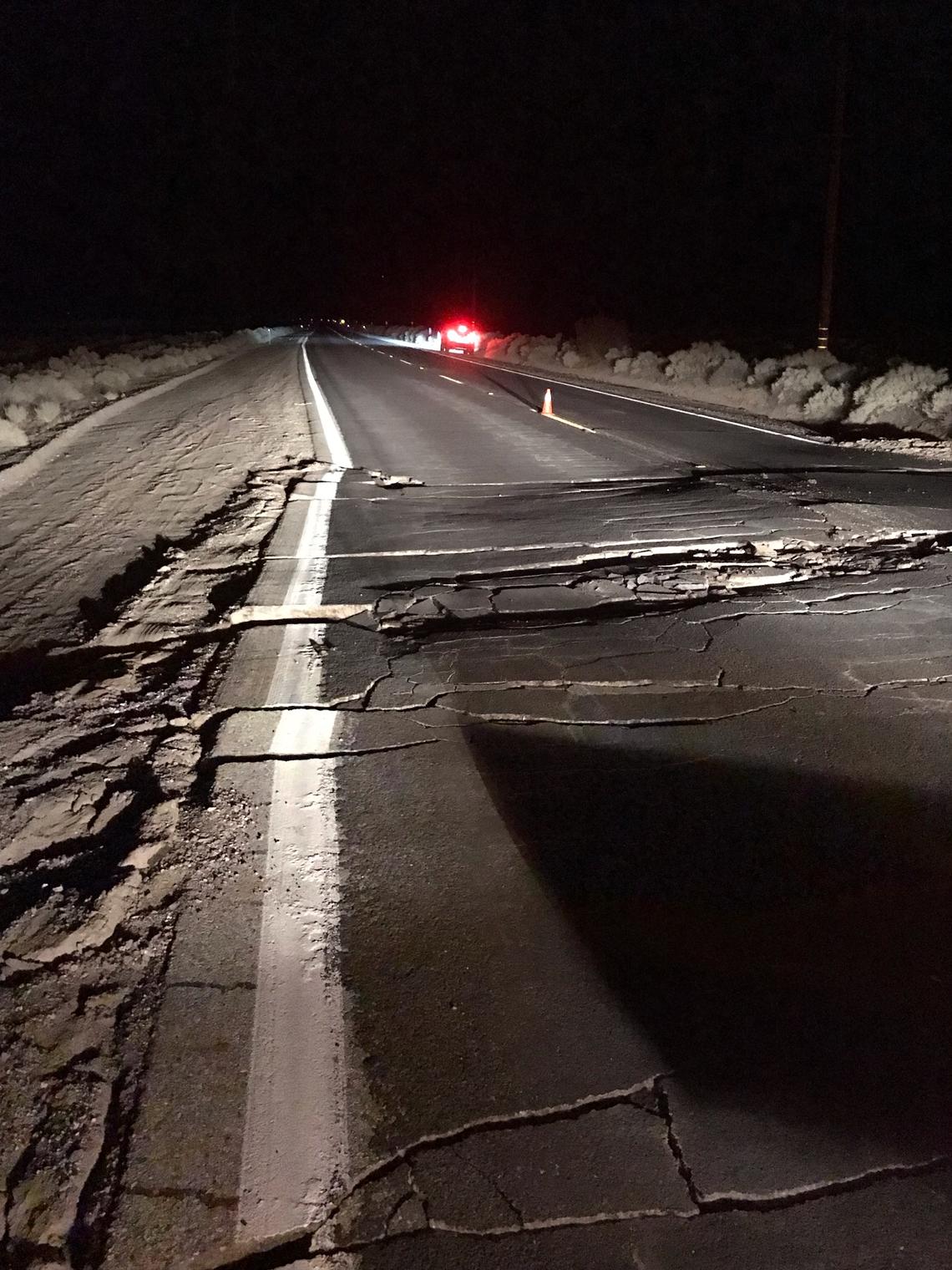
On 5 July 2019 at 1.33am (Singapore time), a Mw 6.4 earthquake struck the town of Ridgecrest in California. Its seismic waves could be felt from Los Angeles to San Jose. Nearly a day and a half later, on 6 July at 11.19am (Singapore time), a more powerful Mw 7.1 quake struck the same region. Because the Mw 7.1 earthquake is the largest event so far in this sequence, it is considered to be the mainshock. The events leading up to it, which include the Mw 6.4 quake, are considered to be foreshocks.
From this sequence of earthquakes, it is clear that the Mw 6.4 foreshock had triggered seismicity on conjugate faults (i.e. intersecting faults that criss-cross in a X-shape) along the Eastern California Shear Zone which runs somewhat parallel to the San Andreas Fault, but is not part of the San Andreas Fault system.
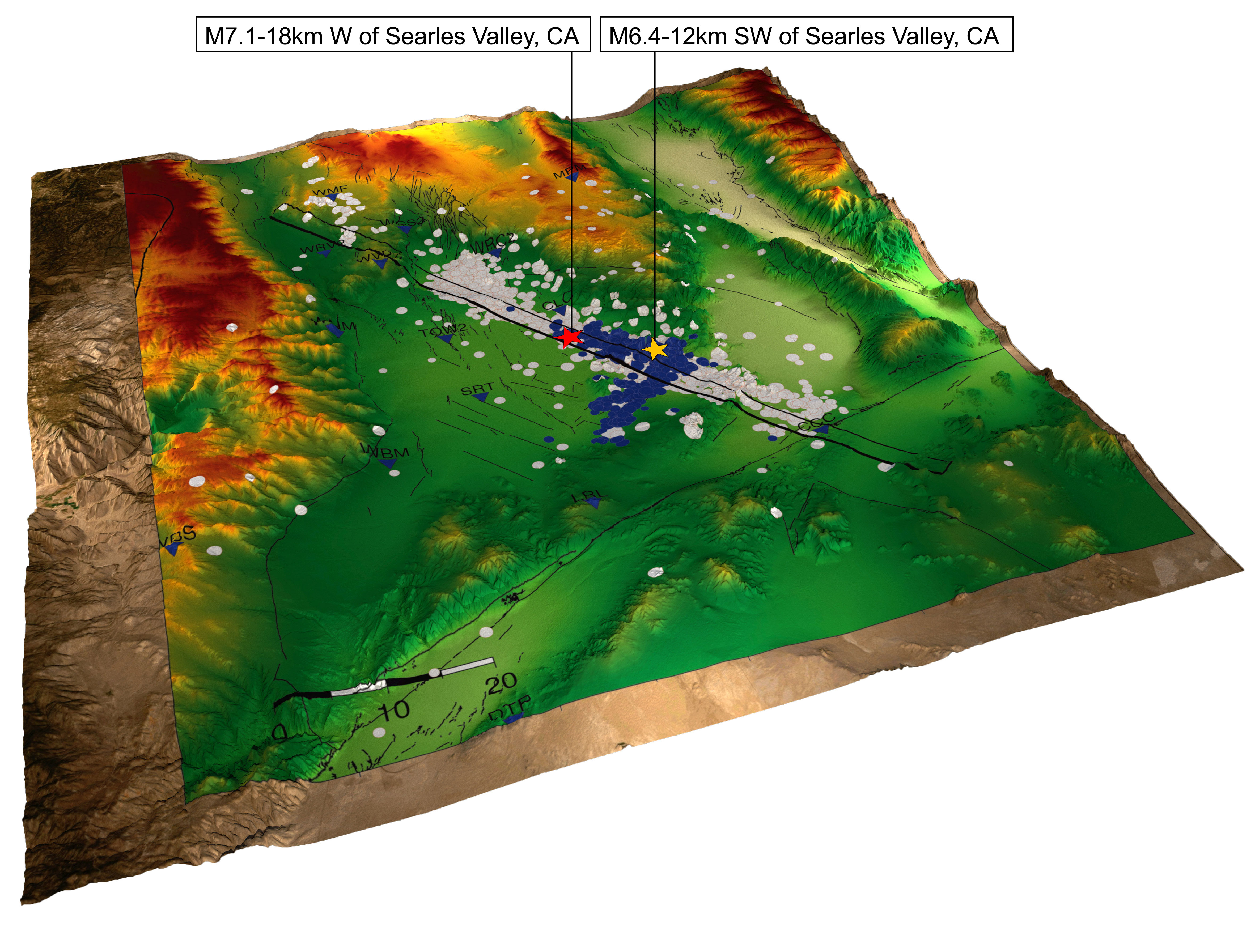
At the Earth Observatory of Singapore (EOS), we conducted an analysis to help us reconstruct and understand the rupture process and wave propagation for this series of earthquakes. We performed a joint inversion of the teleseismic body-waves, strong-motion waveform data, and static GPS offsets to constrain the kinematic rupture model of the Mw 7.1 mainshock by using a non-linear inversion algorithm (Ji et al., 2002).
In the inversion, we used the W-phase solution with a strike of 322°and a dip of 81° to define the fault’s geometry. We then divided the rectangle fault plane into smaller subfaults (4km x 2km). On each subfault the slip amplitude, the slip direction, the time of rupture, and the duration are inverted.
The Southern California Seismic Network (SCSN) epicentre (35.766N, 117.605W) and a depth of 8km were adopted. The Hadley-Kanamori 1D Model (Hutton et al., 2010) was used to compute both the regional and teleseismic Greens’ functions. The teleseismic body-waves and strong-motion data were downloaded from IRIS (iris.edu) and SCSN respectively. The static GPS offsets were acquired from the Nevada Geodetic Laboratory.
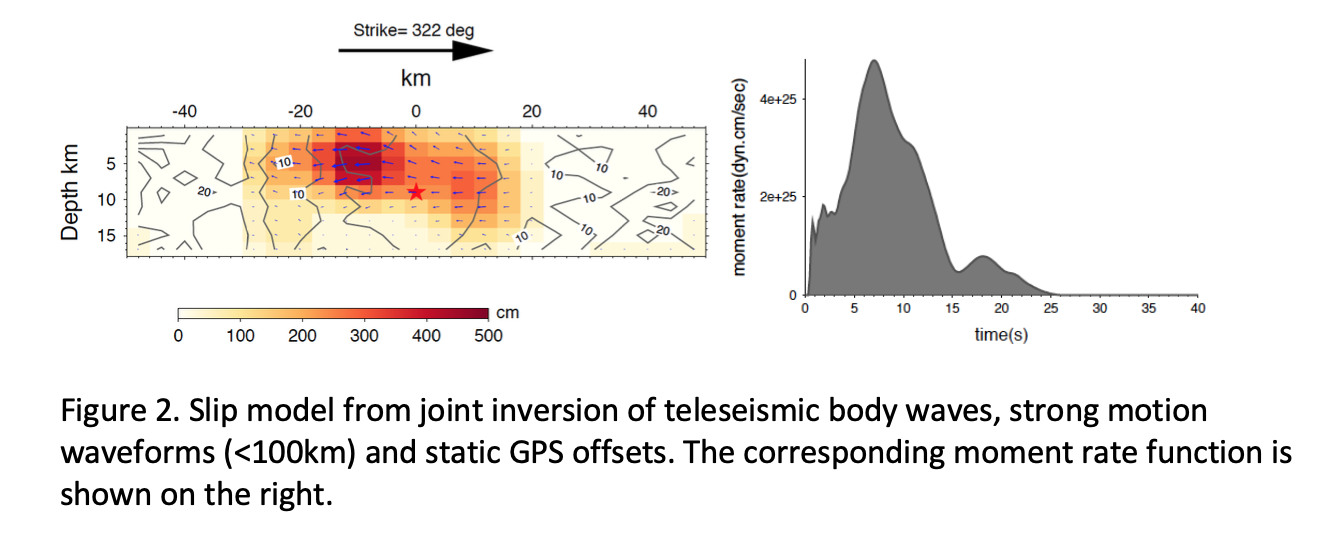
The preliminary model fits the three datasets reasonably well and show bilateral rupture with a slight directivity towards the southeast. The peak slip amplitude reached 5m at a depth of around 5km, located beneath the criss-cross intersection of the two conjugated faults as delineated by the seismicity. The rupture stopped at the intersection of the ruptured fault and Garlock fault. Our results indicate that the strong ground motion was mainly dominated by the energy released at a shallow depth of less than 10km. Most of the quake’s rupture occurred in the first 15 seconds, with some of the smaller ruptures likely to have taken place between the 15thand 25th seconds after the time the quake originated.
